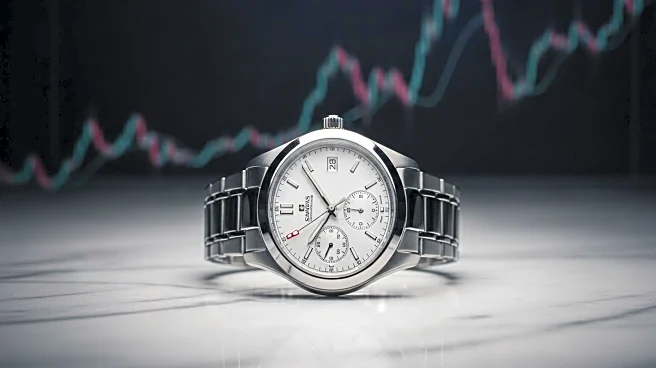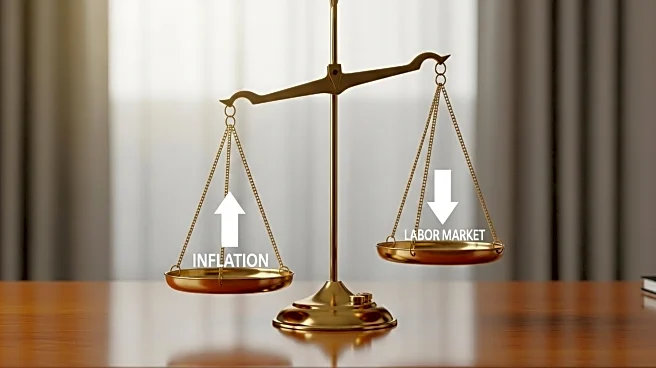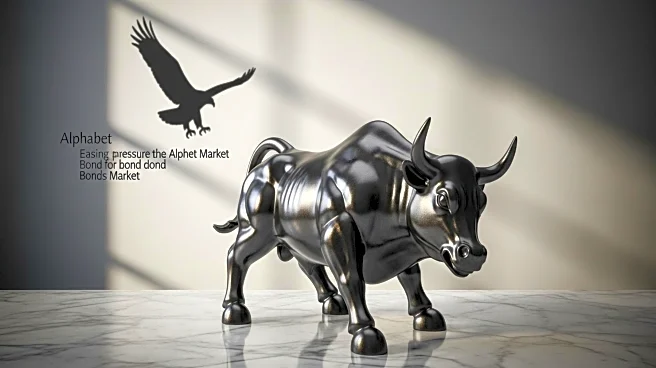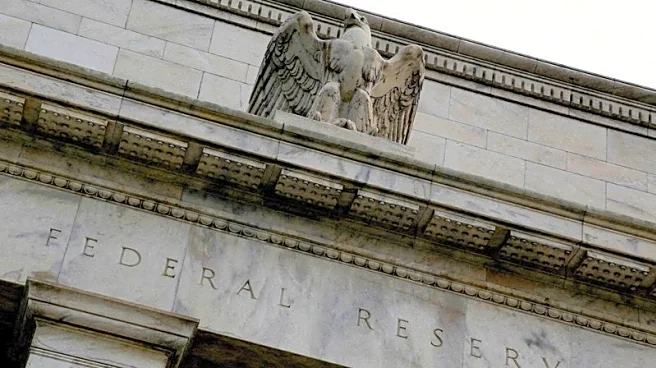What's Happening?
The Swiss watch industry, featuring brands like Rolex, Patek Philippe, and Audemars Piguet, has demonstrated resilience in the U.S. market despite economic uncertainties. From 2021 to 2024, Rolex's revenue increased by 31.4%, driven by strategic pricing and exclusivity. This growth occurred even as the U.S. faced inflation and geopolitical tensions. The pre-owned watch market has also gained popularity, with global consumer interest doubling since 2020. Swiss watch exports to the U.S. rose by 6.9% year-over-year in July 2025, indicating strong demand despite potential tariff threats.
Why It's Important?
The performance of Swiss watchmakers in the U.S. serves as a barometer for consumer confidence, reflecting broader economic trends. Luxury watches are perceived as enduring assets, attracting investment even in volatile times. The U.S. Consumer Confidence Index showed fluctuations, with a peak in January 2024 followed by a decline in August 2025. Despite this, Swiss watch sales remained robust, suggesting that consumer sentiment towards luxury goods remains strong. This resilience highlights the sector's ability to adapt and maintain demand, offering insights into consumer behavior and economic health.
What's Next?
The looming threat of U.S. tariffs on Swiss watches could impact pricing and demand. Brands may need to absorb costs or pass them to consumers, potentially affecting sales. However, the industry has shown adaptability, with some brands reducing production to emphasize exclusivity. As the Federal Reserve considers rate cuts and global trade tensions persist, the Swiss watch industry's strategies will be closely monitored. Their ability to navigate regulatory risks without sacrificing long-term value will be crucial in maintaining their market position.
Beyond the Headlines
The Swiss watch industry's resilience underscores the cultural and investment value of luxury goods. As consumers increasingly view these timepieces as tangible assets, the sector's appeal evolves. This shift mirrors broader trends in luxury, where sustainability and investment value are prioritized. The industry's performance offers a unique lens on consumer sentiment, providing early signals of economic shifts before they are reflected in broader data.












